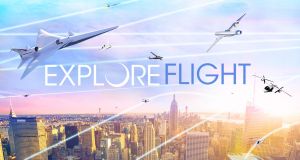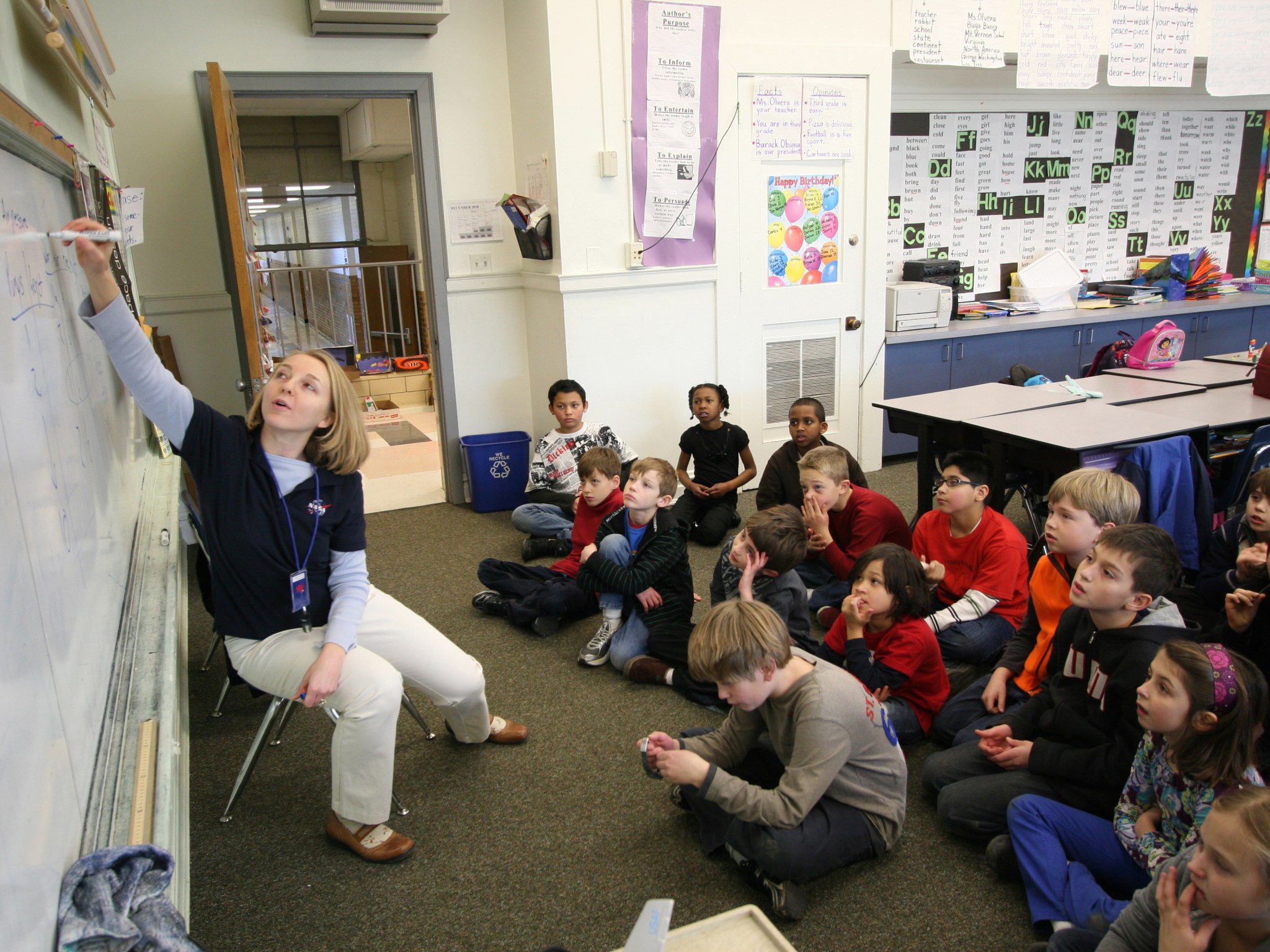
They’re still out there – young people who want to have their imaginations fired up and their curiosity modes switched “on.” Recently, NASA staff uncovered evidence of such kids at two outreach events near Washington, D.C.
Loaded with posters, paper models, worksheets and hands-on education activities, NASA aeronautics staff visited a school in Alexandria, VA to lead a group of first through fifth graders through a week of exploring the science of flight.
“They were very excited all the way through,” said Jenay Leach, a teacher and Einstein Fellow at NASA. “Whether we were talking rockets or airplanes, they were interested; they were engaged; they wanted to learn. I think some of them were surprised at how much fun they had.”
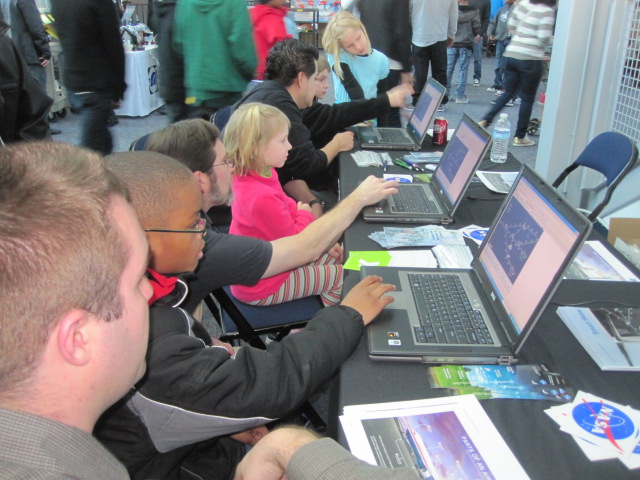
The lessons, titled “It’s Not Rocket Science … or Is It?,” included hands-on experiments in building aircraft models, comparing airplane wings with bird wings, “launching” film canisters using a solution of Alka Seltzer tablets and water, and studying the thermal properties of space shuttle tiles.
“We weren’t the only ones very impressed by the high level of discussion with the kids,” said Tony Springer, NASA aeronautics communications and education lead. “Adults who visited us were amazed at what the kids were asking and how they sat fascinated at the edges of their seats through all the lessons.”
The students also seemed to grasp that NASA needs all kinds of explorers. “We asked ‘If you worked for NASA, would you be a pilot, an engineer or an astronaut?’” explained Leach. Interestingly, it wasn’t all about going to space. According to Leach, the students split evenly into three groups – one-third pilots, one-third engineers and one-third astronauts.
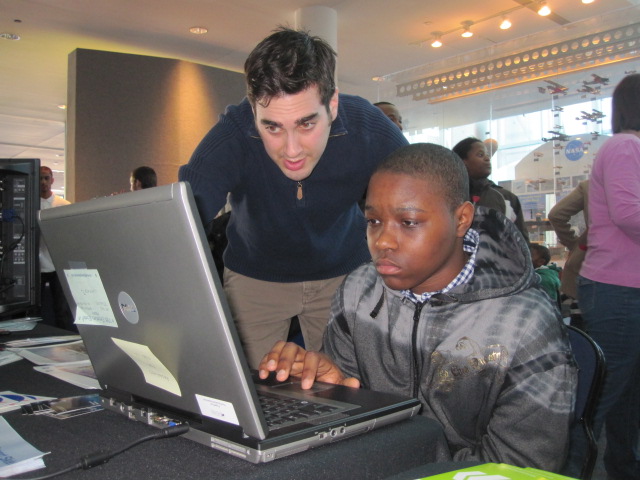
At another event at the Virginia Air and Space Center in Hampton, Va., NASA showed visitors how air traffic controllers use math to guide airplanes safely from takeoff to touchdown. Laptop computers, a NASA program called “Smart Skies” and three real-life air traffic controllers from area airports gave kids a hands-on experience of how math is used every day to make our nation’s air transportation system work.
Smart Skies features two exercises that help users experience what air traffic controllers do – safely separate airplanes cruising at altitude, and then safely line up airplanes approaching a runway. “From an educator’s viewpoint, Smart Skies helps them achieve a lot of goals,” said Springer. “Its lessons are aligned with national mathematics and science standards, and it teaches students how math is used to do investigate the relationship between distance, rate of speed and time. But for the kids, Smart Skies is fun as well as challenging. It invites them to explore that ‘how do they do that?’ question, which is what launches the careers of so many scientists and engineers.”
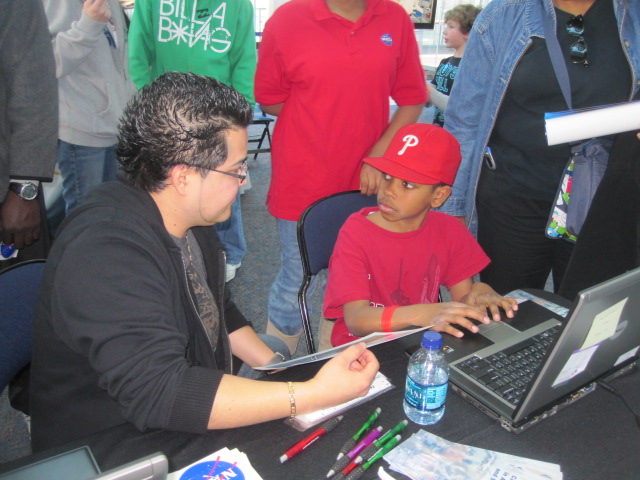
After experiences like these, NASA is even more committed to translating its science and technology into experiences to engage young people. “It’s incredibly energizing and affirming to be able to leave the office or laboratory and go out to share the fundamentals of our work with the kids,” said Springer. “It recharges us.”
Learn More



























